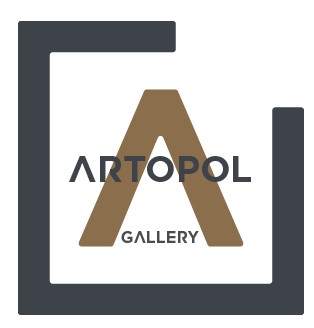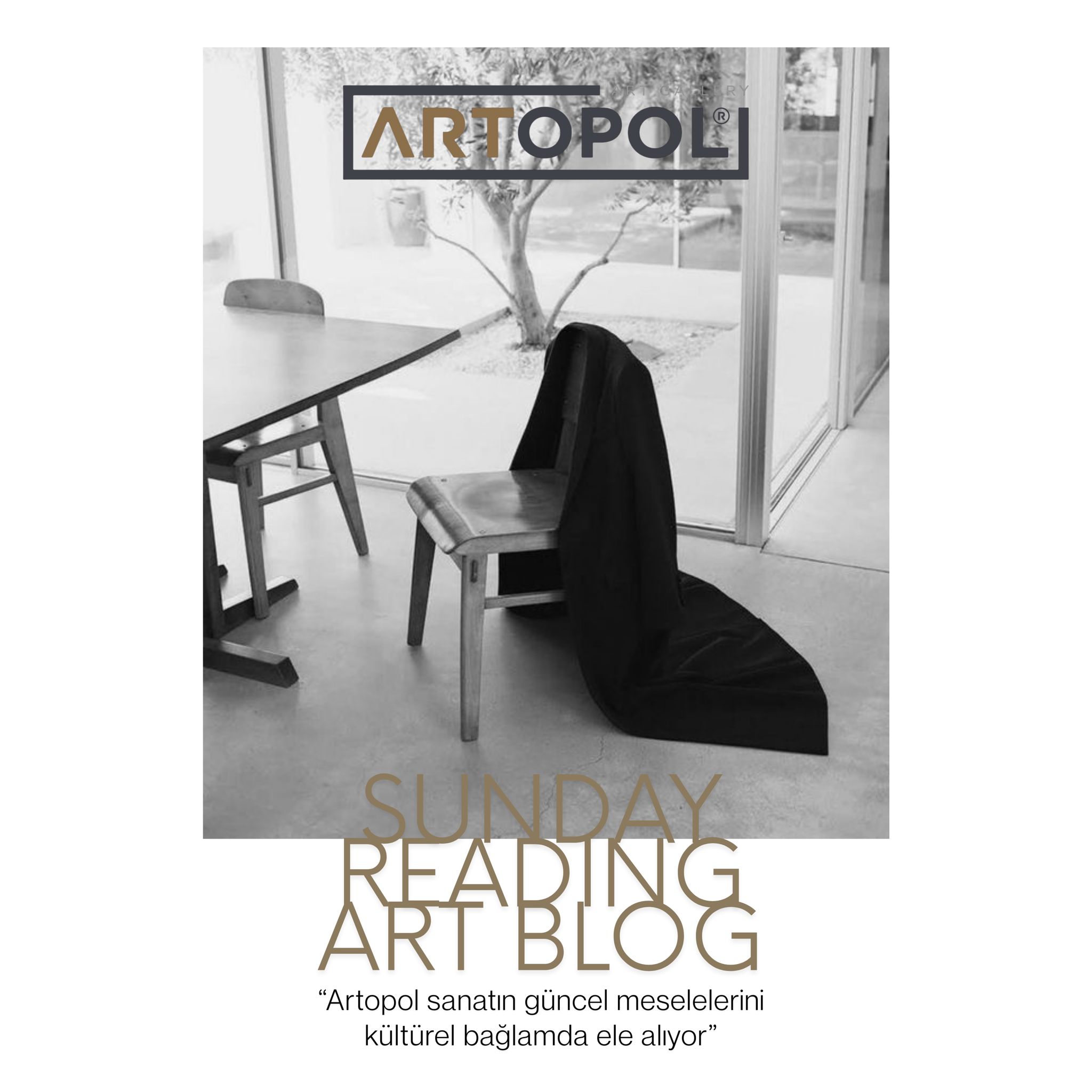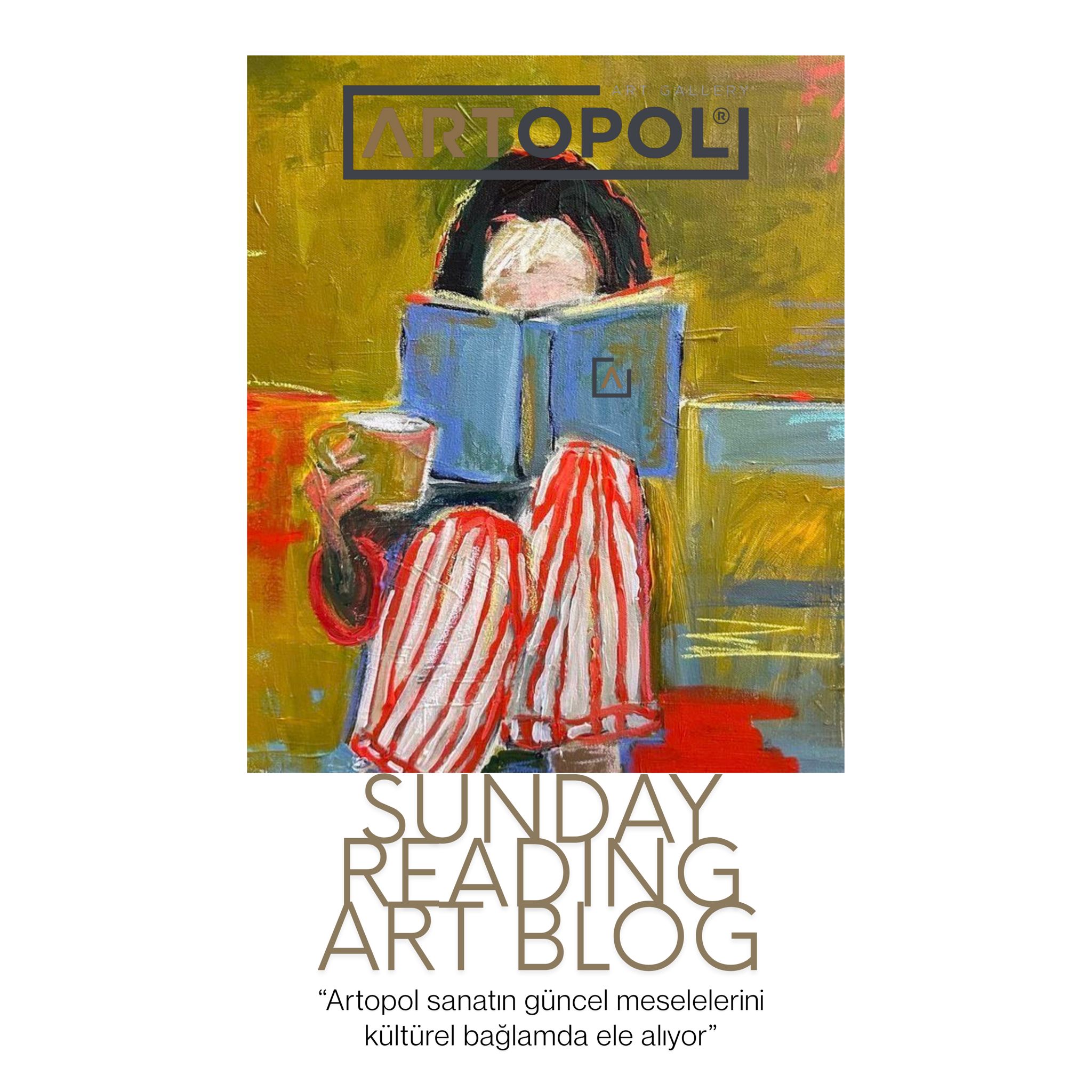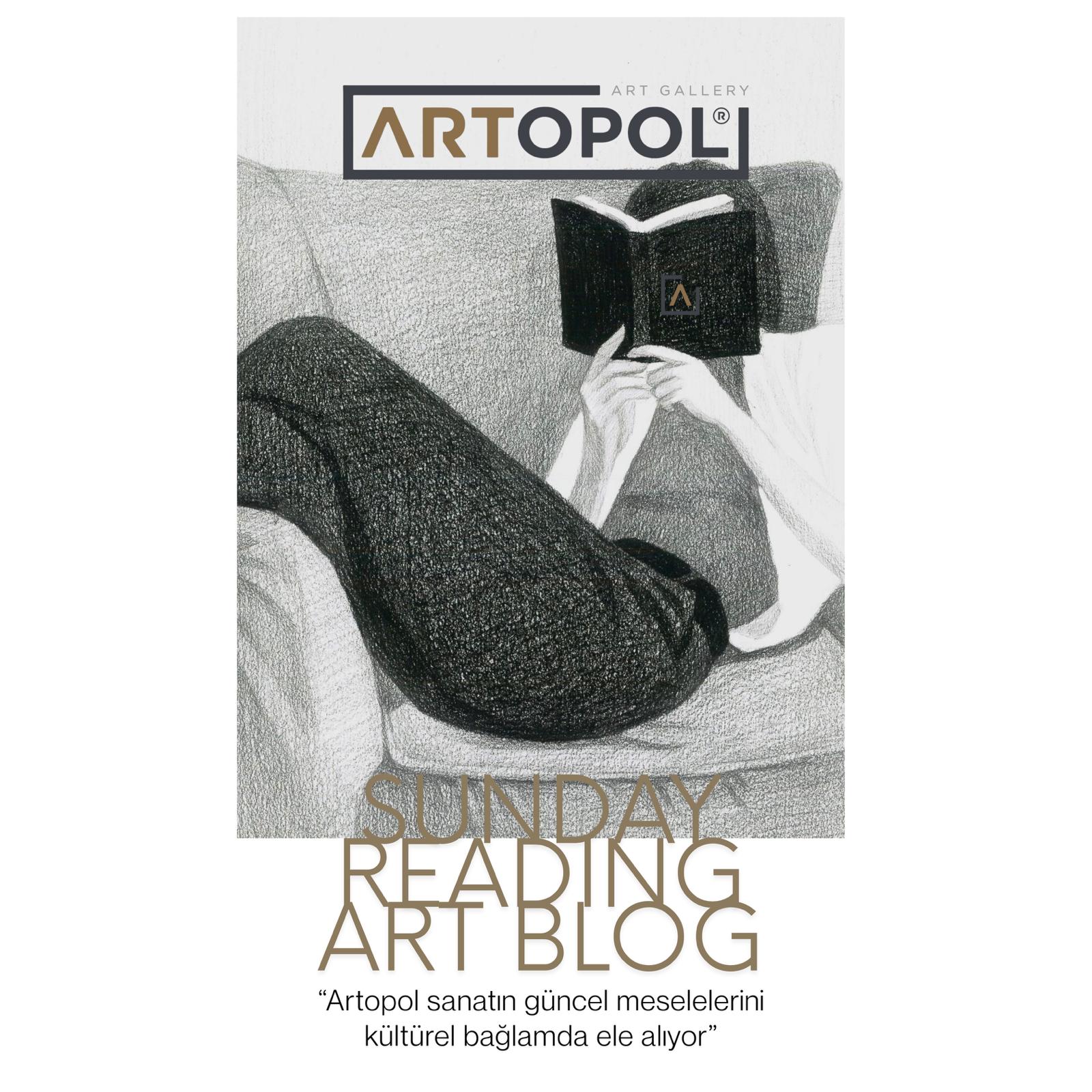
(Venice Biennale)
Since the second half of the 20th century, there has been a significant increase in the number of biennials and art fairs, which hold an important place among art events. This rise was largely influenced by globalization in art and the expansion of contemporary art, which is well-suited to globalization. Beyond creating a space where artists and art enthusiasts come together, these events have also contributed to the prestige of the regions where they are held, thus fostering a large-scale interaction between city and art.
Such contributions are also achieved through major museums. Just as both the Louvre, a classical art venue, and the Centre Pompidou, a modern art institution in Paris, enhance the cultural environment and increase the city’s appeal… Or like the transformation that occurred in the structure of Bilbao with the opening of another Guggenheim Museum...
In this sense, Istanbul — a city that has served as the capital of two empires in its millennia-long history — continues to strengthen its cultural ties through various events. One of these is the Istanbul Biennial, first held in 1987, and another is Contemporary Istanbul, which has been ongoing since 2006. This unique city, where Byzantine heritage meets the Ottoman legacy and which is rich in traditional cultural artifacts, continues to develop its contemporary side through such events.
Istanbul Biennial
Biennials are international art festivals held every two years. This practice began with the Venice Biennale in 1895 and, besides offering significant opportunities to every actor in the art world, also emphasizes the unifying power of art.

(16th Istanbul Biennial – The Seventh Continent)
Since 1987, the Istanbul Biennial has brought together artists, curators, and critics from various countries, creating a powerful artistic wave. The content and artworks of the biennial, which follow current developments in art and life, provide new perspectives for both residents and visitors of the city. The most recent edition, held in 2019 and titled “The Seventh Continent,” focused on changes on Earth caused by human activity rather than geological processes. The 17th edition, to be held in 2022, takes as its starting point the unsustainability of modern life norms made visible by the pandemic — one of the greatest problems of our time. This biennial, which will last longer than previous ones, is inspired by the “composting process,” which the curatorial team describes as follows:
“A wide range of artist collectives and different initiatives have been invited to the biennial to share and develop their practices in their rawest forms. The biennial will continue for some time as a nursery where seeds are sown to see what they will yield, where sprouting ones are transplanted, nurtured, and fertilized. Some of these growing shoots will offer us old and new ways of crafting, speaking, listening, reading, thinking, and being together; others will blend into the soil, awaiting transformation into something entirely new. This biennial will distinguish itself from spectacle-oriented biennial formats where audiences are passive observers, instead realizing a broad and inclusive participation. The diversity of projects invited to the biennial will open a new horizon for rediscovering direction and rethinking the formal and geographical parameters of this platform.”
Contemporary Istanbul
The importance of art fairs, another major event in the art world, has also continued to grow since the 20th century. Unlike biennials, fairs emphasize the commercial aspect of the art world, with participation taking place on a gallery basis.

(Contemporary Istanbul)
Since 2006, Contemporary Istanbul has continued to bring together prominent galleries and artists each year. Held at the Lütfi Kırdar Congress and Exhibition Center and expanding across two floors due to increasing interest, the fair contributes significantly to the city’s cultural fabric. As one of Turkey’s leading art events, it has become a source of prestige for participating galleries and artists alike. The fair not only strengthens participants’ positions within the art market but also enhances their international visibility. While primarily appealing to collectors, it also offers a dynamic environment that engages art enthusiasts through various activities.
With its institutional and innovative structure, Artopol Art Gallery is preparing to take its place at Contemporary Istanbul, showcasing the works of some of the most remarkable contemporary artists of recent years.
Written by: Zeynep Dikmen



